
Carnegie Institution for Science


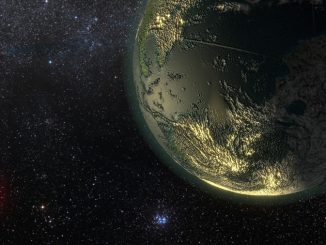
Team makes planet hunting a group effort, finds more than 100 candidates
An international team of astronomers released the largest-ever compilation of exoplanet-detecting observations made using a technique called the radial velocity method. They demonstrated how these observations can be used to hunt for planets by detecting more than 100 potential exoplanets, including one orbiting the fourth-closest star to our own Solar System, which is about 8.1 light years away from Earth.

Oldest known planet-forming circumstellar disc discovered
A group of citizen scientists and professional astronomers joined forces to discover an unusual hunting ground for exoplanets. They found a red dwarf, called AWI0005x3s, surrounded by the oldest known circumstellar disc — a 45-million-year-old primordial ring of gas and dust orbiting the star from which planets can form.
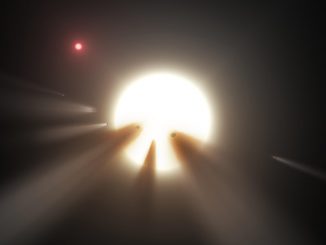
Milky Way’s most-mysterious star is even stranger than astronomers thought
A star known as KIC 8462852 in the constellation Cygnus has been raising eyebrows both in and outside of the scientific community for the past year. In 2015 a team of astronomers announced that the star underwent a series of very brief, non-periodic dimming events while being monitored by NASA’s Kepler space telescope. A new study has deepened the mystery.

Discovery nearly doubles known quasars from the ancient universe
Quasars are supermassive black holes that sit at the centre of enormous galaxies, accreting matter. They shine so brightly that they are among the most distant objects in the universe that we can currently study. New work from a team led by Carnegie’s Eduardo Bañados has discovered 63 new quasars from when the universe was just 7 percent of its present age.
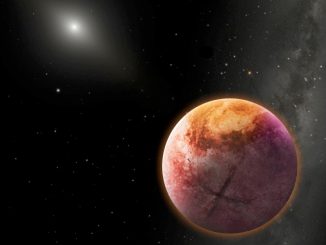
Hunt for Planet 9 reveals extremely distant solar system objects
In the race to discover a proposed ninth planet in our solar system, astronomers are conducting the largest, deepest survey for objects beyond Neptune and the Kuiper Belt. Nearly 10 percent of the sky has been explored to date using some of the largest and most advanced telescopes, revealing several never-before-seen objects at extreme distances from the Sun.
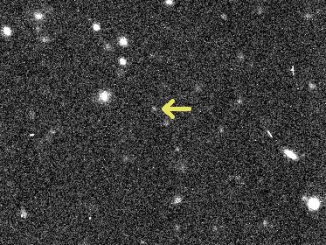
Newly discovered distant solar system objects resonate with Neptune
The search for distant solar system objects has found two more small worlds far outside the orbit of Neptune, beyond the Kuiper Belt. The new objects, 2014 FZ71 and 2015 FJ345, are in resonance with Neptune’s orbit, implying that these worlds either have interacted with Neptune in the past or are continuing to do so.
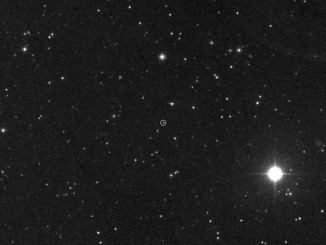
First-ever evidence of exoplanetary system found on 1917 photograph
You can never predict what treasure might be hiding in your own basement. A researcher looking for a spectrum of a white dwarf known as van Maanen’s star found a 1917 image on an astronomical glass plate from the Carnegie Observatories’ collection that shows the first-ever evidence of a planetary system beyond our own Sun.
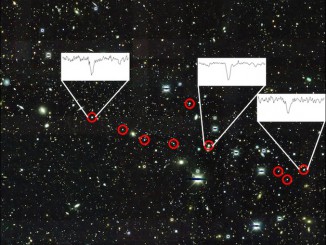
Ancient dwarf galaxy preserves record of catastrophic event
The lightest few chemical elements formed minutes after the Big Bang. Most heavier elements in the periodic table are created by stars, either from internal nuclear fusion or in catastrophic explosions. New observations of a dwarf galaxy discovered last year show that the heaviest elements, such as gold and lead, are likely left over from rare collisions between two neutron stars.
